Thermal structure analysis
①By examining the optimal specifications and placement positions of our t heaters via thermal analysis,
We are able to improve the soaking of the heating and cooling plate, increase the useable heating process
area, and contribute to the reduction of the quantity of equipment to save resources.

②Thermal elastic deformation analysis of polycarbonate thin sheets by thermal load

③Effect of the mounting gap of the cartridge heater on the temperature of the heating element inside the heater.
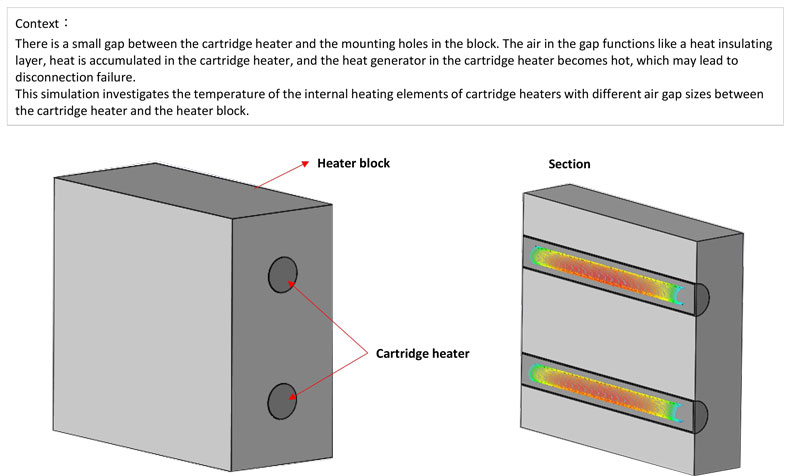
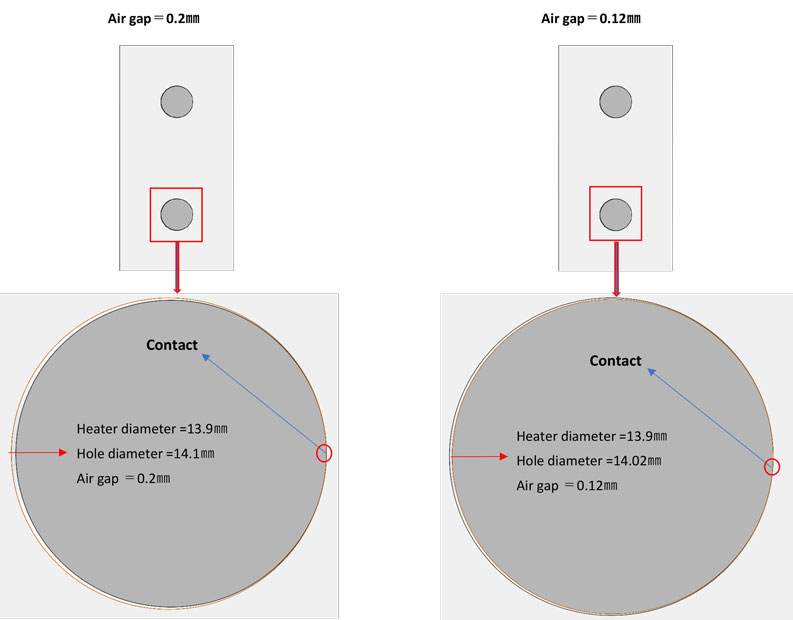

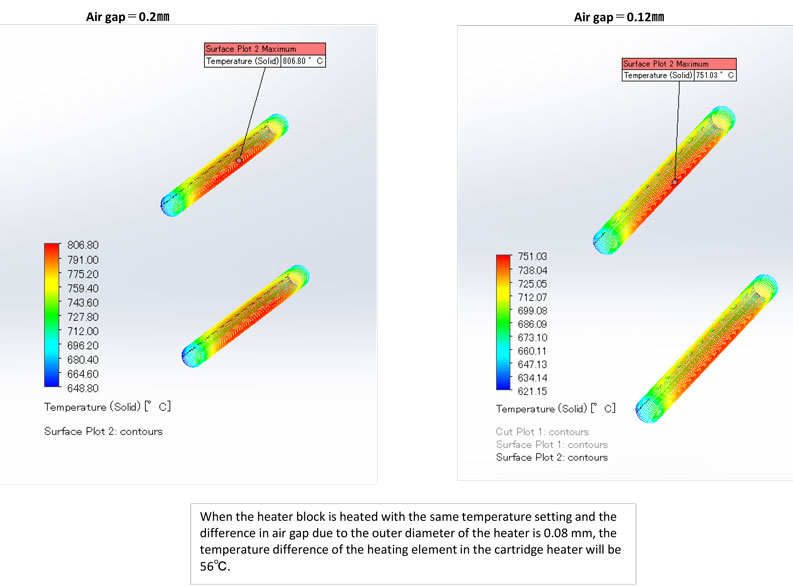
④Improvement of surface temperature deviation by modifing rhe generation pattern of shapeceramic heater heat
The objective of this analysis is to obtain an acceptable temperature uniformity over the surface of the ceremic heater at 400 ℃.
A meander pattern was chosen for the heating element . Since heat tends to accumulate in the center of the heated area, the pattern was deviated from the center in order to reduce the temperature. However we still observe a temperature deviation of 34℃. By performing a coupled thermal-electric analysis we can take advantage of the joule heating which varies with the width of the heating element. Therefore thin lines were placed at the regions where there was significant heat loss to deliver more Joule heating.With the modified pattern we have 15 ℃ temperature deviation which is less than half the deviation obtained with the original pattern.
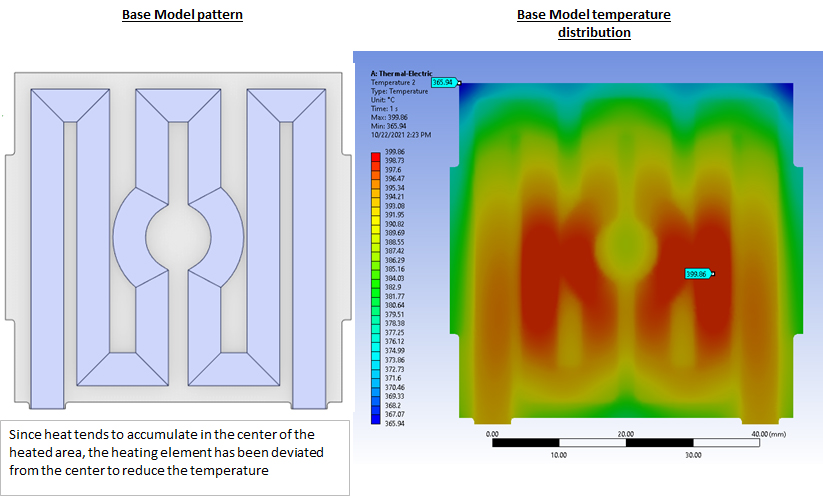

⑤Optimization of mass and energy consumption for a heater block
The objective of this analysis is to reduce the energy consumption of a heater block by removing material that does not contribute to the heating area on the heate block. The material removal is done by topology optimization using a density based algorithm.
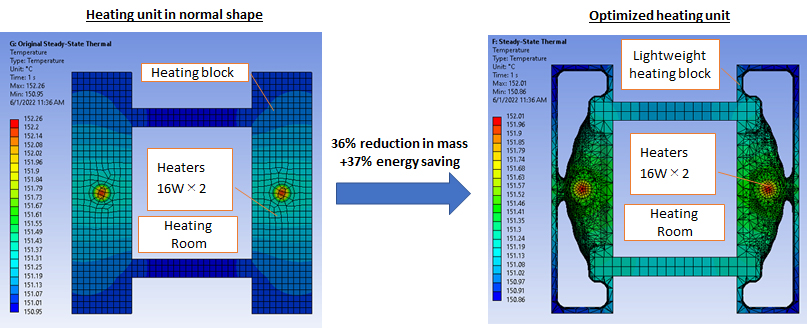
The new heater block design has is 36% lighter than the base model and consumes about 37% less energy

⑥Analysis of an induction heater
When an alternating current passes through a coil , it creates a magnetic field which induces eddy currents in neighboring objects. The eddy currents created in the object generate heat similar to the Joule heating principle.The following is an example of an induction heater.
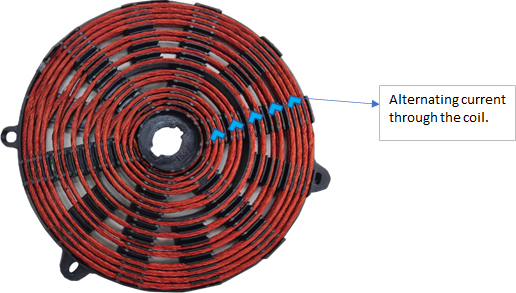
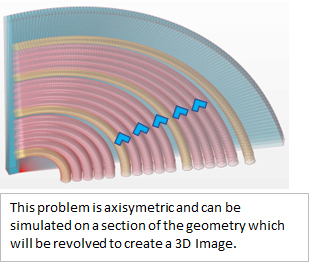
We can see that the electromagnetic solution matches the thermal solution. The temperature is the highest in the center of the middle of the plate where the induced electric current has the highest density.

We can see that the electromagnetic solution matches the thermal solution. The temperature is the highest in the center of the middle of the plate where the induced electric current has the highest density.

⑦Implementation of a PID controller for temperature control of heater block
A proportional–integral–derivative (PID) controller is a control loop mechanism employing feedback that is widely used in industrial control systems and a variety of other applications requiring continuously modulated control. In this analysis we demostrate a simple example of a block heater temperature control using only the proportional component of the PID controller.

The Target temperature on the heater block surface is 300℃ (573.15 K). We can see from the graphs below that the actual temperature is getting closer to the target temperature as the error. We can also see the evoution of the power and deduce the power need for the target temperature.
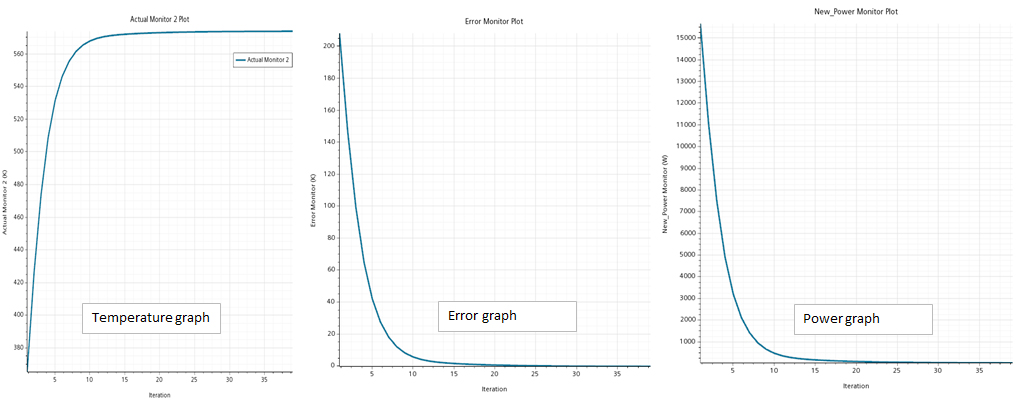
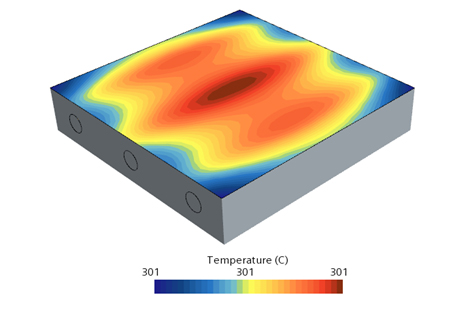
The PID controller can be implemented for various applications to control different engineering quantities such as flow rate, velocity, fluid temperature etc.
■ Example of thermal analysis of a 1D model
1D simulations are beneficial for reducing computational complexity and obtaining faster simulation results compared to full 3D simulations, especially in the early stages of design or analysis. They provide a streamlined approach to understanding system dynamics and interactions in scenarios where one-dimensional analysis suffices or where computational resources are limited.
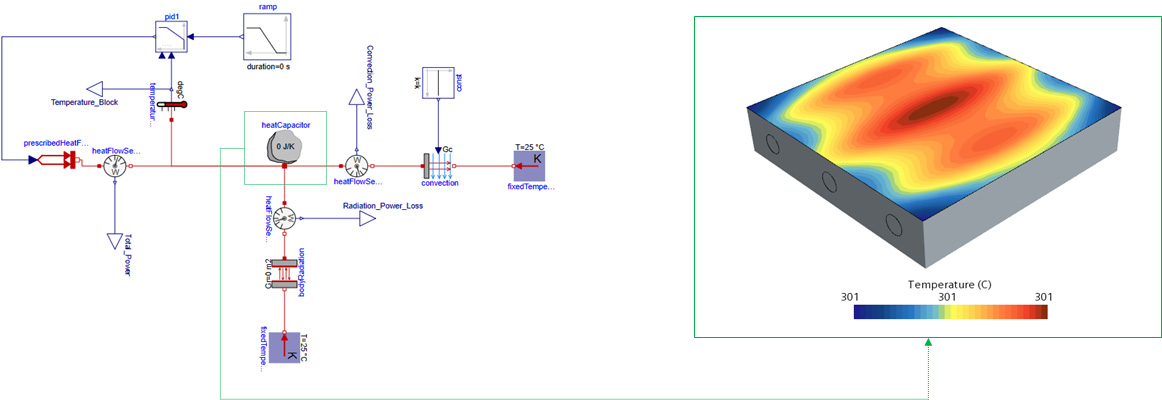
In the current case we reformulated the PID controlled heater block(in our previous post) using 1D simulation.
The calculation time for the 3D model was 180 seconds and 0.15 s for the 1D model.
■Analysis of combustion
The purpose of this analysis is to simulate the environmental effects (temperature, pressure, etc.) on the chemical reaction of combustion. In this case, dodecane with the chemical formula C12H26 is injected in the form of droplets into the combustor (box) through a nozzle and evaporates into a flammable vapor.
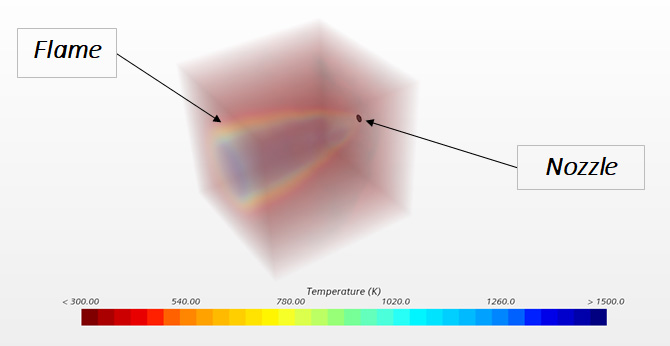
The results shows the flame from the combustion reaction and the temperature distribution in the combustion box.



